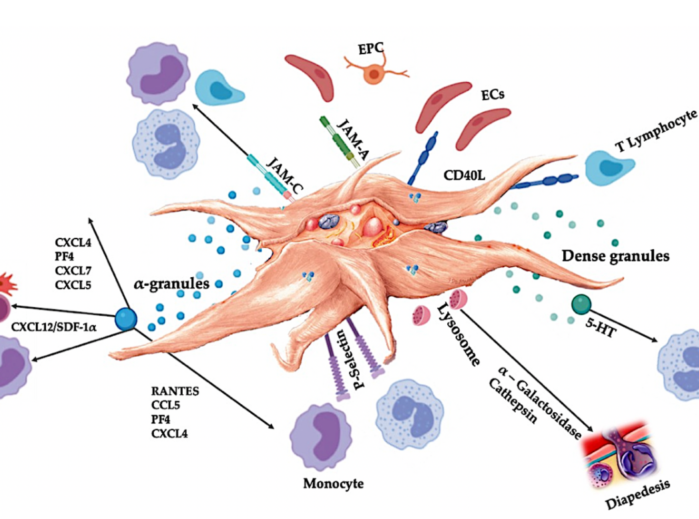Platelet-Rich Plasma (PRP) therapy has emerged as a revolutionary approach to natural healing and rejuvenation. But, as with any medical procedure, it’s essential to understand the factors that can affect its effectiveness. One key question that often arises is: How long does PRP last in a PRP tube before use? In this blog, we’ll delve into the intricacies of PRP storage and its shelf life, ensuring that you’re well-informed about this critical aspect of the therapy.
The PRP Process: From Blood to PRP Tube
Before we explore the shelf life of PRP in a PRP tube, let’s revisit the process that leads to the creation of PRP:
- Blood Collection: PRP therapy starts with a small sample of your own blood, typically drawn from your arm, much like a routine blood test.
- Centrifugation: The collected blood is placed in a centrifuge, a high-speed machine that spins the blood at a controlled rate. This process separates the blood into its various components, with the platelet-rich plasma (PRP) rising to the top.
- PRP Extraction: Once separated, the PRP is carefully extracted from the tube and is ready for use in the desired medical or aesthetic procedure.
The Shelf Life of PRP in a PRP Tube:
PRP is not a long-lasting substance and has a limited shelf life. The key factors that influence how long PRP can be stored before use include:
1. Anticoagulants:
PRP is typically mixed with anticoagulants (substances that prevent blood from clotting) to maintain its liquid consistency. The choice and concentration of anticoagulant can affect the storage duration.
2. Storage Conditions:
The way PRP is stored is crucial. It is typically kept at a controlled temperature, usually in a refrigerated environment. Storage at the correct temperature helps preserve the viability of the platelets.
3. Platelet Viability:
Over time, the viability of platelets in PRP can diminish. The extent of this decline can vary based on factors like anticoagulant type and storage temperature.
4. Contamination Risk:
Proper handling and storage practices are essential to minimize the risk of contamination, which can shorten the shelf life of PRP.
5. Biological Variation:
PRP’s shelf life can also be influenced by individual biological variations, making it difficult to provide a precise timeframe for every case.
Timing Matters
While there is no fixed expiration date for PRP in a PRP tube, it’s generally recommended to use PRP within a few hours to a few days after preparation to ensure optimal platelet viability and effectiveness. The specific storage and usage guidelines may vary among healthcare providers and facilities, so it’s crucial to follow the instructions provided by your healthcare team.
In the world of PRP therapy, timing matters. To maximize the benefits of PRP, it’s essential to strike a balance between efficient preparation, storage, and timely usage. By understanding the factors that influence the shelf life of PRP, you can embark on your PRP journey with confidence, knowing that the clock is indeed ticking, but with careful management, the regenerative potential of PRP can be harnessed effectively.








